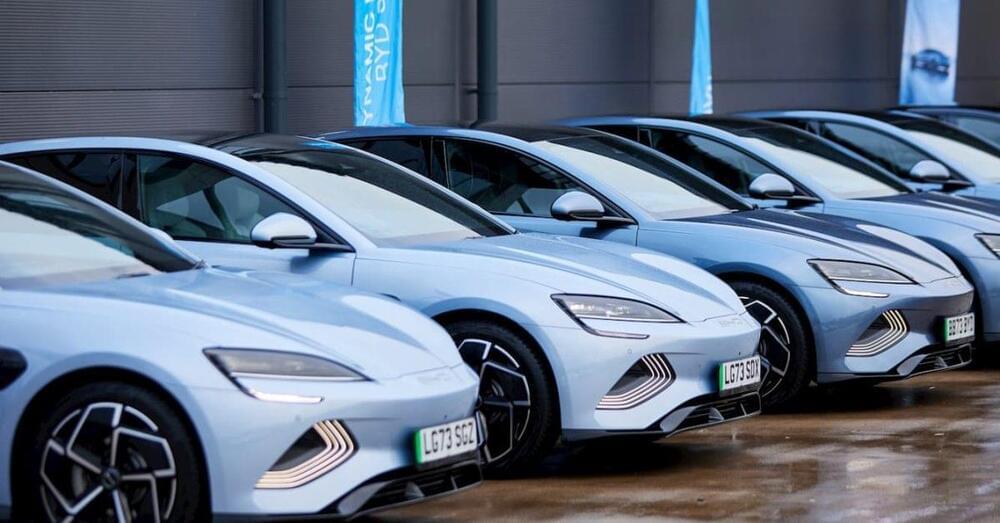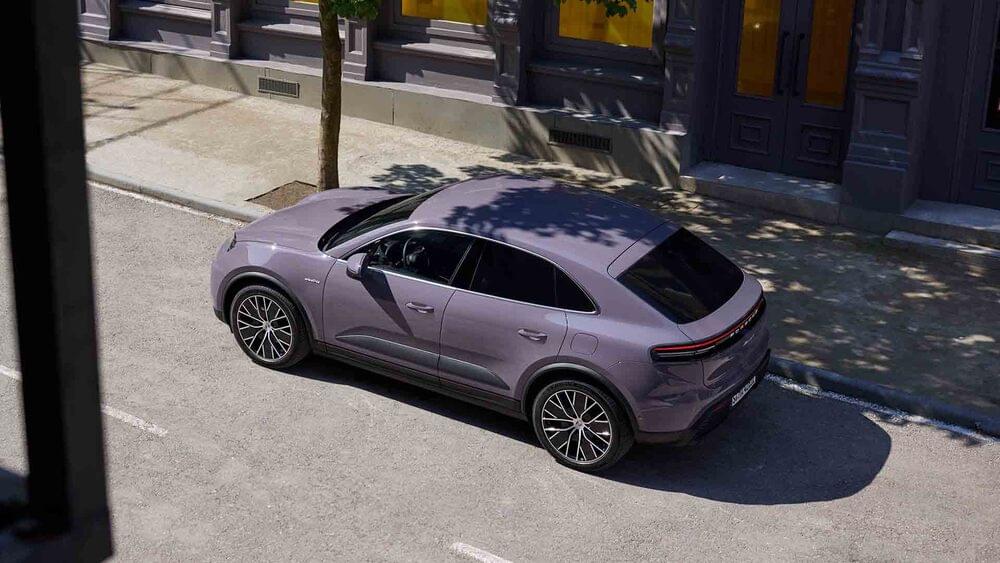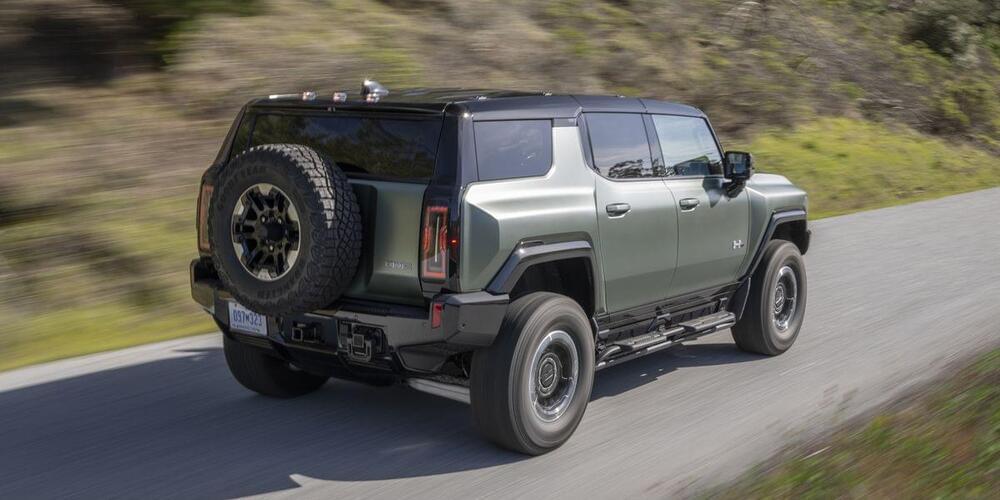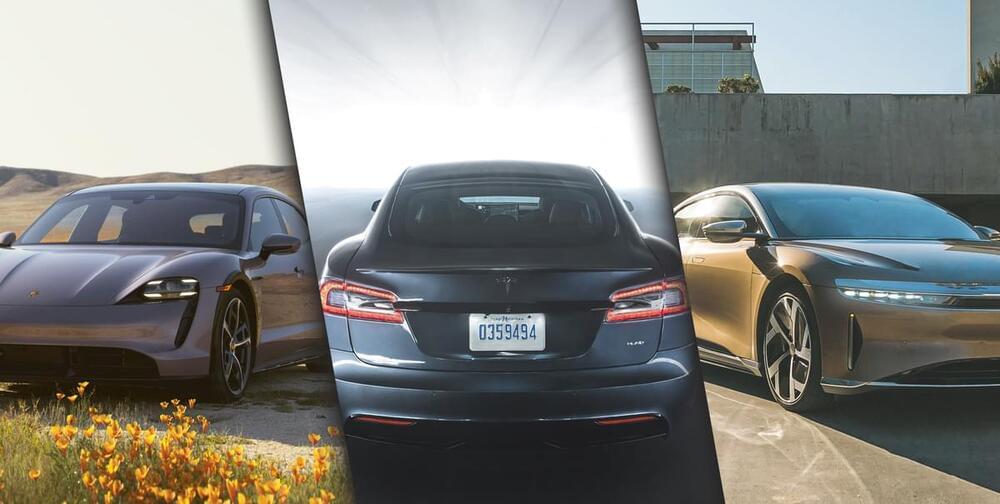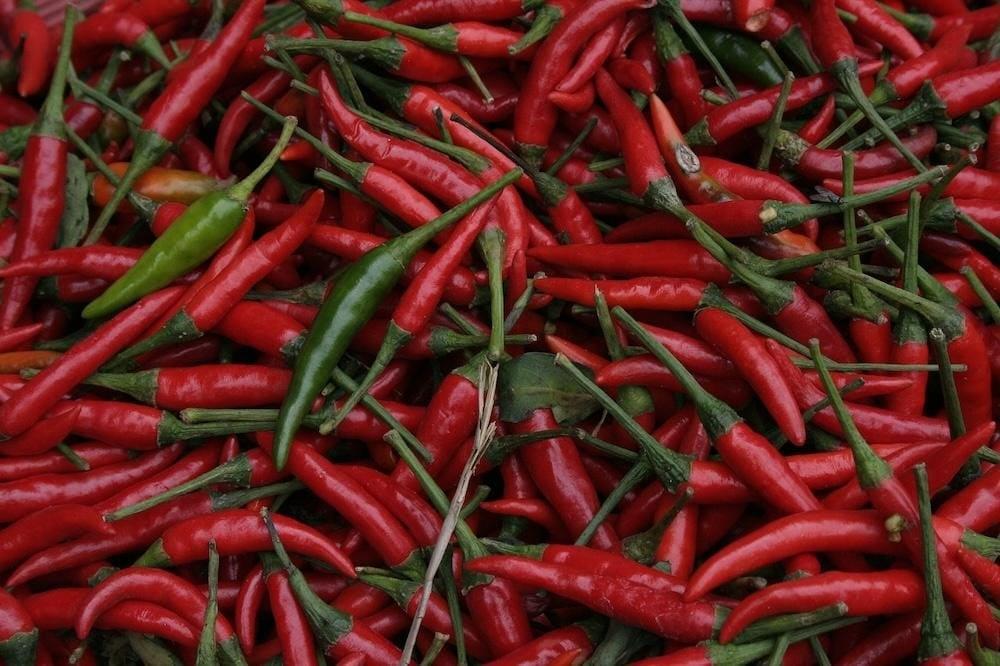After topping Tesla in the final three months of 2023, BYD is starting the year off strong with EV sales rising another 50% in January.
BYD sold 105,304 fully electric cars last month, up 48% from the 71,338 handed over last year. Production was also up significantly, with 114,365 EVs built last month, up 64% YOY.
Interestingly, BYD’s all-electric vehicles are beginning to outpace its plug-in hybrids (PHEVs). BYD’s PHEV sales were up 21% to 95,715 last month. Production was only up 9% to 90,749 units.
